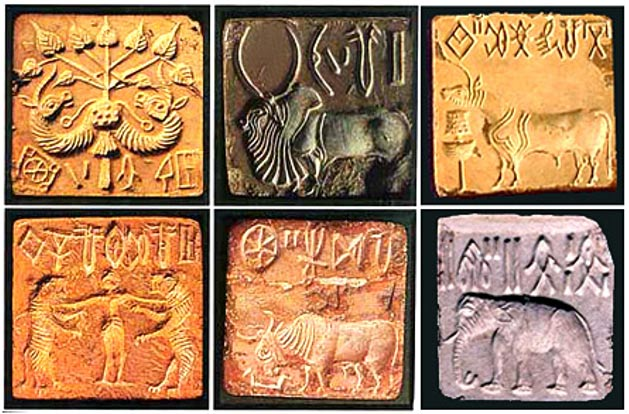Roman numeral signs on the ancient Scottish Stone of Destiny were discovered by researchers that had previously gone unnoticed, according to a report this week in Ancient Origins.
Scotland's renowned "Stone of Destiny"
Ahead of the stone's anticipated use in the coronation of King Charles III of the United Kingdom, recent research of this stone revealed this intriguing fact.
It was initially used in crowning rituals of monarchs in Scotland more than a thousand years ago and is also known as the Stone of Scone. King Charles III had no intention of breaking with the myriad customs that had revolved around the stone in the past. The 700-year-old enormous stone, which was hauled to Westminster Abbey in advance of his coronation ceremony in May, will be put inside a specially made chair.
Roman numerals are found on the Stone of Destiny ahead of the King’s coronation after 3D-printed replica of the sacred royal relic was examined by experts
The stone will be transported from Edinburgh Castle to London and needs particular handling to maintain its integrity. At a unique location called the "Engine Shed," which is a component of Scotland's national building conservation center, Historic Environment Scotland's efforts have utilised comprehensive digital and scientific research of the stone.
The stone measures 335 pounds in weight. The stone's rough and uneven surface can be seen in detail in 3D renditions of the artefact.
One of the most intriguing elements is the use of Roman numerals. Although experts were able to recognize the symbols by their shapes, it is regrettable that the precise value of the numerals has not yet been established.
The details were discovered when a 3D-printed replica of the stone, created as part of preparations for the King’s enthronement next month, was examined by experts
A number of tool marks on the stone were discernible by those involved in the preservation efforts, providing context for how the stone acquired its shape over the course of its centuries of use. Yet, the marks varied and allowed experts to pinpoint the exact location of the stone's original cut marks. This established a link between the stone and a quarry in the Scottish village of Scone. Some of the traces were more recent, indicating that the stone had been worked on in the early 1950s.
When year was the Stone of Destiny created?
The stone, according to archaeologists, was utilized in royal procedures at least 200 years ago. Prior to the invasion of Scotland by the English in 1076, the Stone of Destiny belonged to the local Scottish authorities. The stone was taken out, relocated to London, and stayed in Westminster Abbey there until 1996 before returning to its original location in Scotland.









